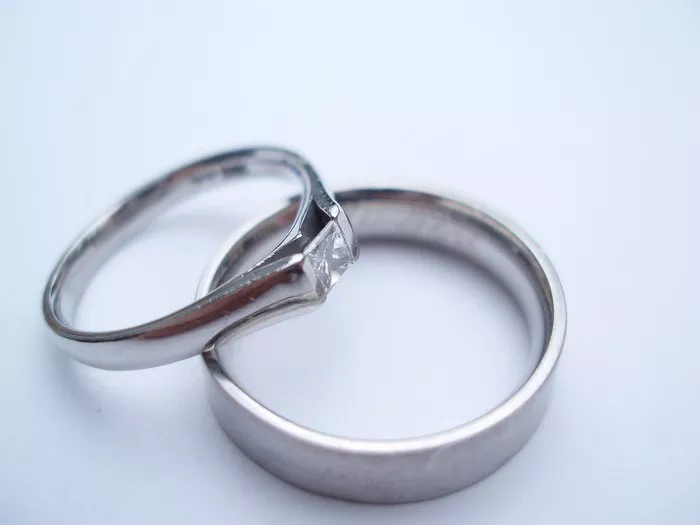As societal norms around marriage evolve, so too do wedding ring trends. The demand for gender-neutral wedding bands has skyrocketed, with jewelers reporting a 65% increase in unisex ring sales compared to pre-pandemic levels. This shift reflects a growing rejection of rigid, gendered jewelry conventions in favor of minimalist, customizable designs that prioritize personal expression over tradition.
Modern gender-neutral rings often feature sleek, geometric shapes, matte finishes, and mixed metals. Popular materials include brushed titanium, black zirconium, and recycled gold, chosen for their durability and understated elegance. Brands like Automic Gold (which specializes in LGBTQ+ jewelry) and Menē (known for its 24-karat gold designs) have gained cult followings for their inclusive approach. Even mainstream retailers like Blue Nile and James Allen now offer dedicated gender-neutral collections.
Customization is another key driver of this trend. Couples are increasingly opting for engraved coordinates, fingerprint impressions, or even embedded meteorite fragments to create rings that tell their unique stories. Some designers are experimenting with “modular” rings—interlocking bands that can be worn separately or together, symbolizing individuality within partnership.
Cultural attitudes are clearly shifting. A recent study by the Wedding Report found that 42% of couples under 35 believe traditional gendered rings are outdated, with many preferring matching or complementary bands instead. This movement isn’t limited to LGBTQ+ couples; heterosexual pairs are also embracing these designs as a way to modernize marital symbolism. As societal definitions of love and commitment continue to expand, gender-neutral wedding rings are becoming more than just an alternative—they’re the new standard for a generation redefining what marriage looks like.


